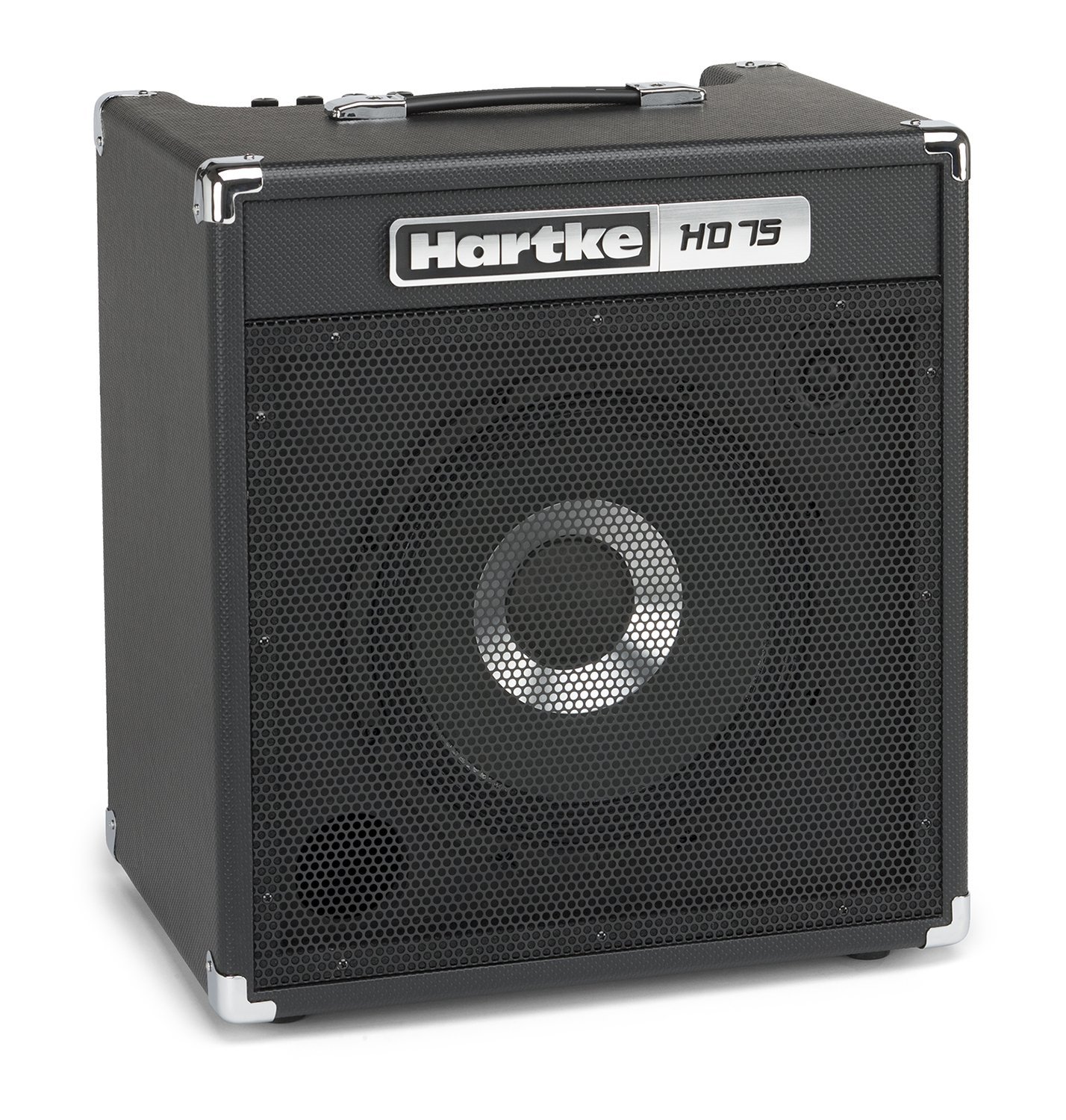

History 1920s–1940s A 1930s era combo amplifier and a Rickenbacker electric upright bass from 1935. The loudspeakers themselves must also be sturdier to handle the higher power levels and they must be capable of reproducing very low pitches at high sound pressure levels. Speaker cabinets for bass amps usually incorporate larger loudspeakers (e.g., 15 inches (380 mm) speakers are more common for bass than for electric guitar amps) or more speakers and larger cabinet sizes than those used for the amplification of other instruments. This distinction affects the design of the loudspeakers, the size and design of the speaker cabinet and the design of the preamplifier and amplifier. While bass amps share many features with the guitar amplifiers used for electric guitar, they are distinct from other types of amplification systems, due to the particular challenges associated with low-frequency sound reproduction. Bass amps typically consist of a preamplifier, tone controls, a power amplifier and one or more loudspeakers ("drivers") in a cabinet. A Hartke 500 watt amp "head" on top of an Ashdown 4x10" speaker cabinet.Ī bass amplifier (also abbreviated to bass amp) is a musical instrument electronic device that uses electrical power to make lower-pitched instruments such as the bass guitar or double bass loud enough to be heard by the performers and audience. A Yamaha B100-115 combo amp, which contains a 100 watt amplifier and one 15" speaker in a wooden cabinet. JSTOR ( May 2018) ( Learn how and when to remove this template message)Īn Ampeg SVT cabinet with eight 10" speakers, with a separate Ampeg SVT amplifier "head" on top.Unsourced material may be challenged and removed.

Please help improve this article by adding citations to reliable sources.

This article needs additional citations for verification.


 0 kommentar(er)
0 kommentar(er)
